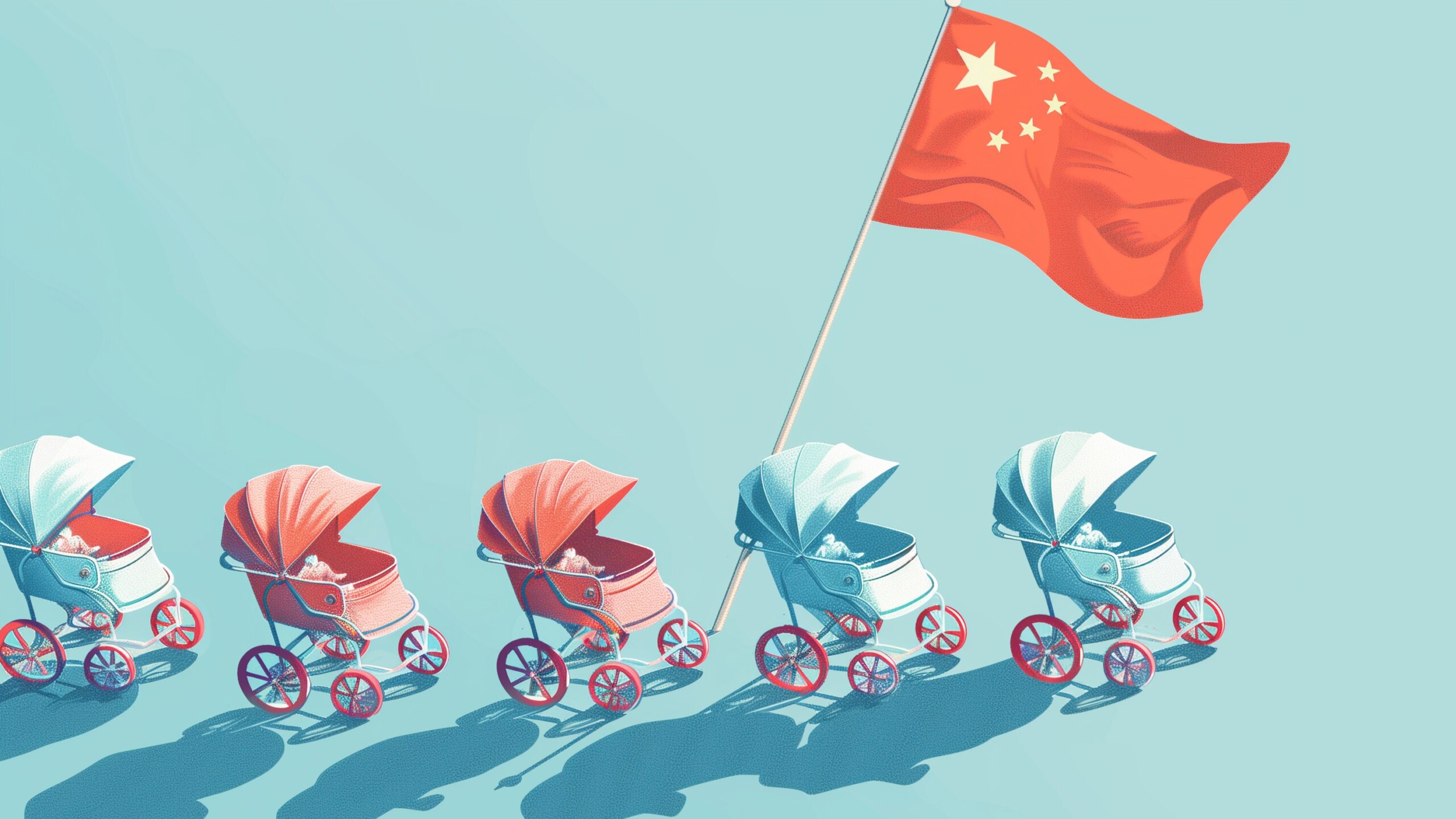Summary: Recent attempts by the Chinese government to encourage higher birth rates have raised concerns about government interference in personal matters. These new measures continue the pattern of authoritarian regimes enforcing coercive family policies. State intervention in family planning has often resulted in human rights abuses. While some policymakers advocate for incentives to boost fertility rates, a cautious approach that prioritizes individual freedom offer a more effective and ethical solution to addressing declining birth rates.
This article was published in National Review on 1/18/2024.
After decades of the disastrous policy of limiting family growth by force, China, according to news reports, is now pestering its women through text messages and social media to have more babies. This meddling by the state, like past coercion, is counterproductive. China should stop telling couples how many children to have. Keep central planning out of family planning, and families will flourish.
Not content to regulate life outside the household, authoritarians have a long history of intervening in family affairs. The Chinese Communist Party’s recent family-policy flip-flop is unsurprising. Throughout history, communist countries have alternated between coercive measures aiming to produce larger families and ones intended to shrink the average family size. China’s one-child policy, for instance, was in force for 36 years (1979–2015).
Joseph Stalin’s Soviet Union financially penalized those without children, enacting a so-called “childless tax” that the country enforced from 1941 to 1990 in various degrees. The tax punished childless men between the ages of 20 and 50 and childless women between the ages of 20 and 45. A decree in 1944 expanded the childless tax to also penalize parents who had merely one or two children.
Communist Romania and Poland (post–World War II) implemented similar taxes modeled on the Soviet law. Those taxes, like their inspiration, lasted until the collapse of the USSR bloc in 1991. Nicolae Ceaușescu’s Romania went furthest of all, enacting strict prohibitions on birth control that resulted in a large number of abandoned children whose parents often could not afford to raise them.
The conditions in the communist nation’s overcrowded orphanages — nicknamed “child gulags” — were nightmarish. Yet signs at the inhumane institutions mockingly boasted, “The state can take better care of your child than you can.”
If communists are consistent on one point, it is that the state knows best. Always. Even when it comes to how many children each couple should bring into the world. Where communists have been inconsistent, though, is on whether that number ought to be higher or lower.
Starting in the 1960s and 1970s, it became fashionable among intellectuals around the world to worry about “overpopulation,” a concept that overwhelming evidence has since called into question. The resulting panic had its darkest manifestation in China’s one‐child policy, which saw more than 300 million Chinese women fitted with intrauterine devices modified to be irremovable without surgery, over 100 million sterilizations, and over 300 million abortions, an unknown share of which were coerced.
China’s official Xinhua News Agency has boasted that the one-child policy prevented 400 million births. “Excess birth” fines could reach up to ten times a family’s annual disposable income.
Revenue-hungry local officials continued to fine families and enforce childbearing limits even after the country loosened its one-child policy to a two-child policy (2016–2021) and then loosened it further into a three-child policy. As China’s officials grew increasingly concerned about the population’s aging and shrinking, the three-child policy was, at last, rendered merely symbolic in 2023.
Yet China’s vast population-planning bureaucracy remains in place and could easily be reoriented toward attempts to coercively engineer the size of the country’s population upward. In a CCP-run paper, some Chinese academics have called for a tax on childlessness.
And China is not alone. Some Russian politicians also would like to reinstate a childless tax (Russia’s leaders have been toying with the idea for more than a decade).
Today, while unfounded overpopulation fears retain popularity in some circles, plummeting global birth rates have led the pendulum of policy-maker opinion to swing toward the idea that the world might benefit from more, rather than fewer, children. The number of countries with “raising fertility” as an explicit policy objective keeps rising.
Thankfully, in most cases such initiatives do not involve coercion. From South Korea to Estonia, various countries have tried offering government subsidies, expensive new state programs, cash bonuses, or similar incentives to encourage their citizens to have larger families. But an overview of past efforts to alter birth rates, whether upward or downward, shows that such efforts have had lackluster results at best and resulted in tragic human-rights abuses at worst.
Rather than pursuing new initiatives that are costly and questionably effective, and risk wading into the territory of social engineering or worse, policy-makers concerned about birth rates should take a “first do no harm” approach to fertility.
As my colleague Vanessa Calder and I outlined in a recent policy paper, removing government rules and regulations that disproportionately affect families would enhance families’ freedom of choice and may reduce the cost of child-rearing enough to boost fertility. In other words, policy-makers can make it easier for parents to form the families they desire by simply stepping back and removing government barriers to fertility and family life.
The state’s thumb shouldn’t be on the scale of intimate family decisions, one way or the other. Reforming policies that artificially make family life harder offers a better way forward. Hopefully, policy-makers in China and elsewhere will come to recognize that.

